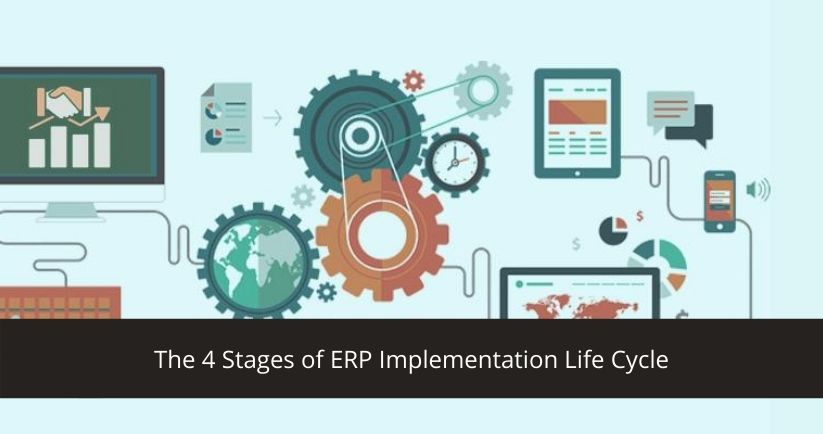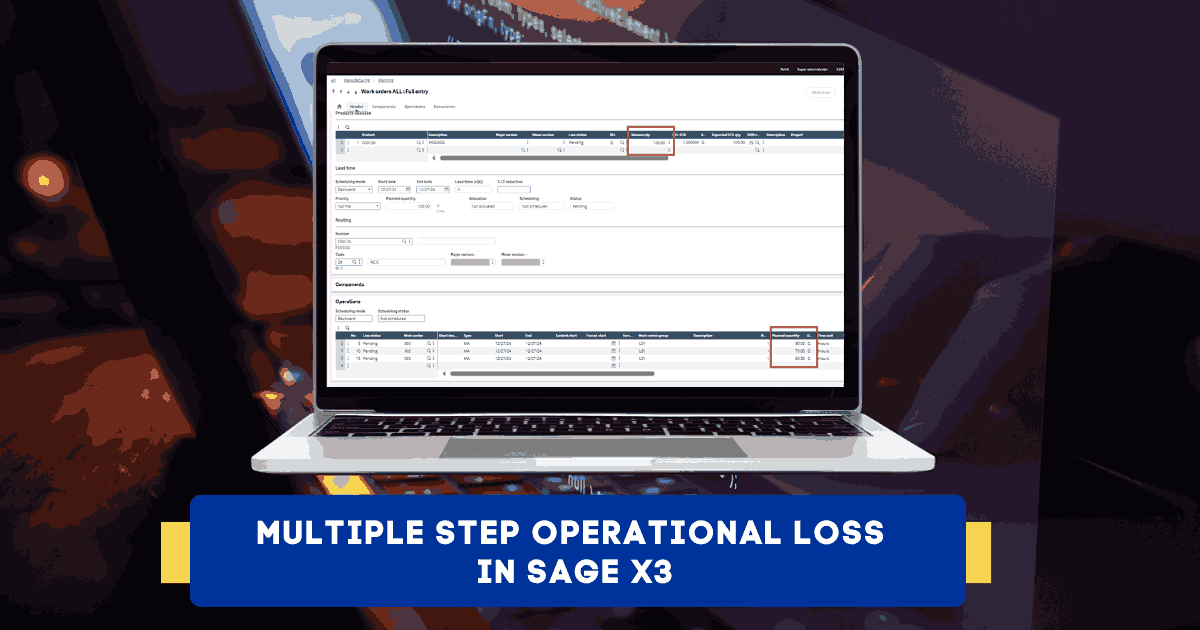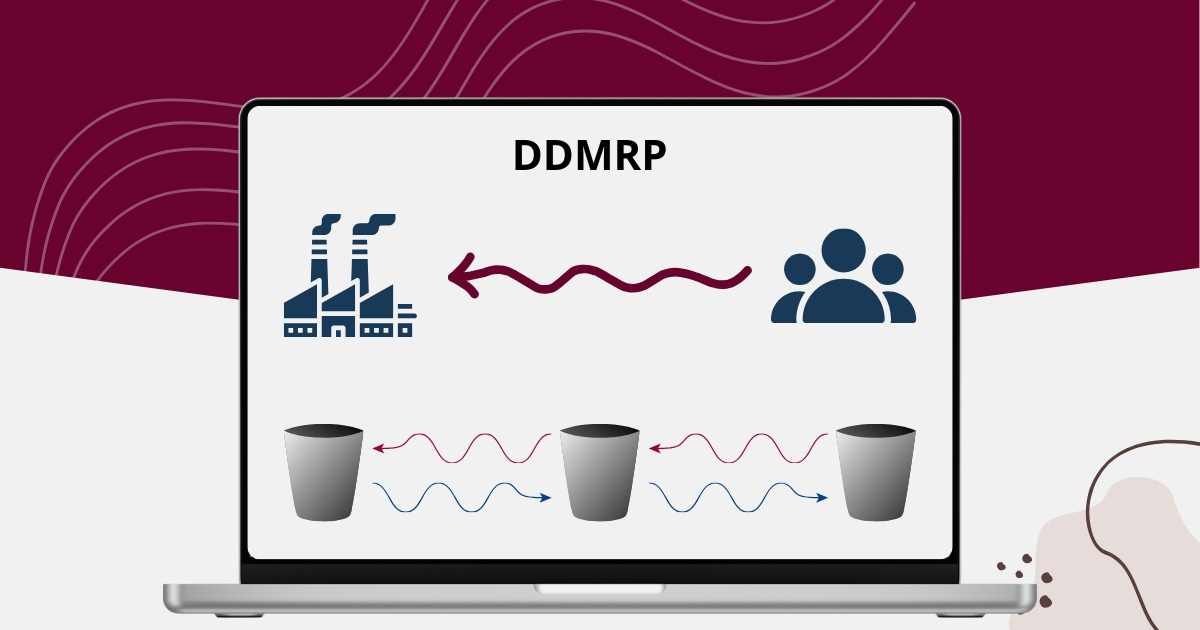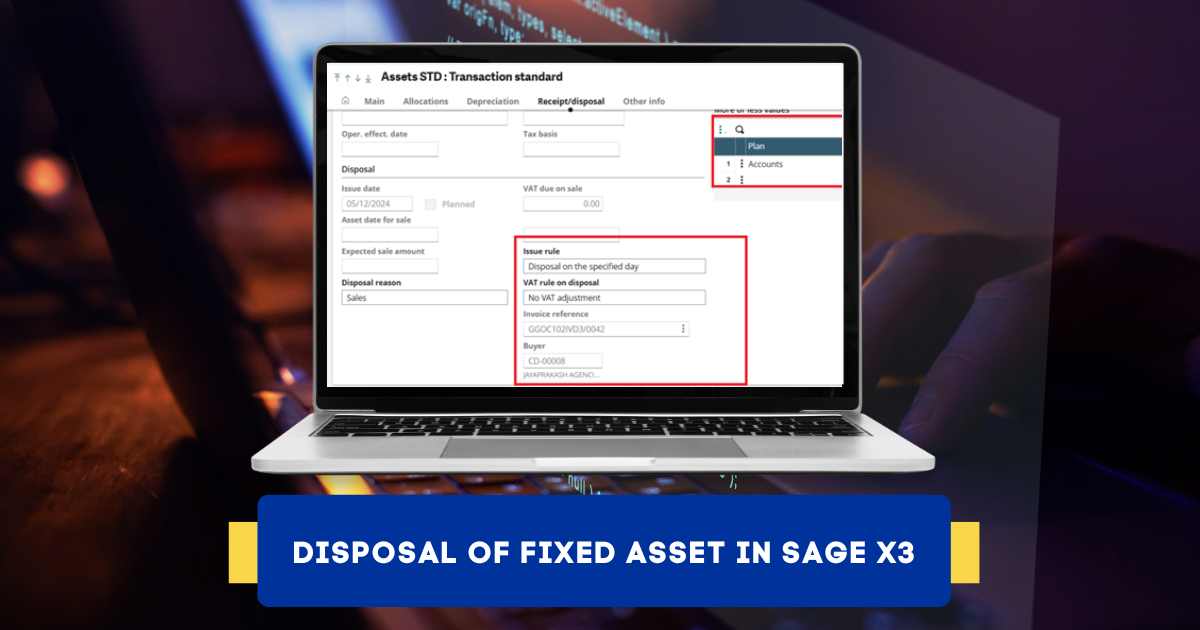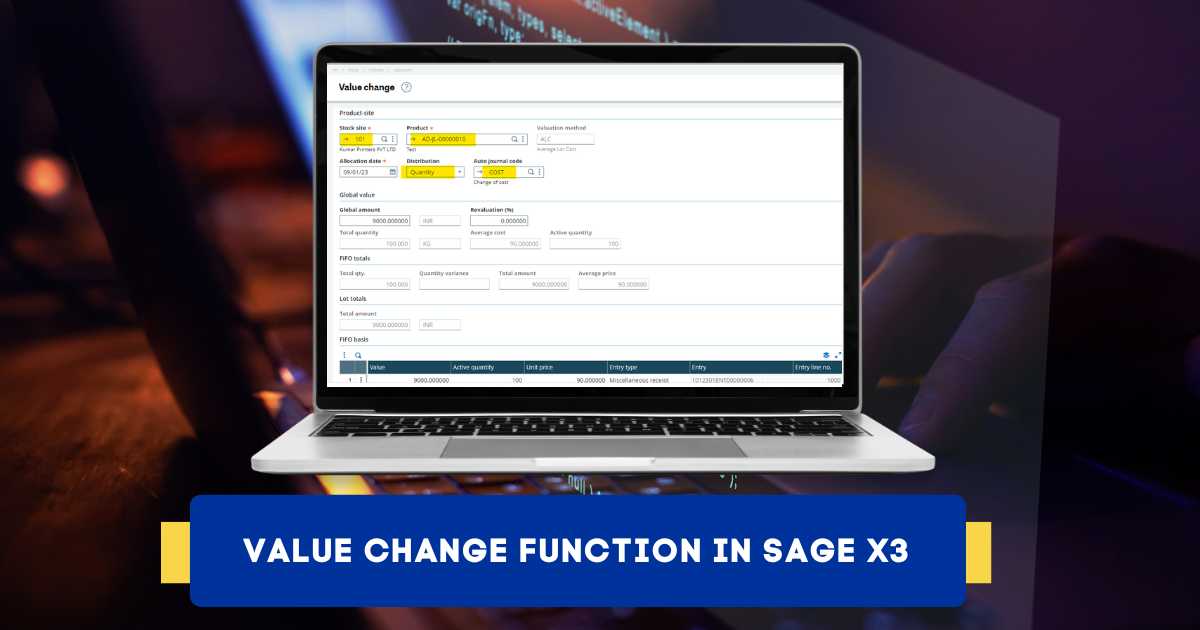Major companies across the country are focusing on Enterprise Resource Planning (ERP) solutions to effectively manage their day-to-day operations and increase profitability. Yet, the main challenge lies in apt execution. There might be several vendors; established and newcomers painting red the execution ideas, it is very essential to understand the key factors involved in successful ERP implementation.
4 Stages of ERP Implementation Life Cycle
The 4 most important stages of ERP Implementation Life Cycle are as listed below:
1. Plan
It is critical to have a detailed Plan which will help you sail through the process of implementation and keep you on chart. Planning will help crystallize objectives which ensures more productive use of an organization’s resources and reduces the chance for errors and mistakes due to false sense of immediacy.
A generic Project Plan for any Implementation should include following things:
- Stake holders and Escalation Matrix
- Scope or Statement of Work – Documented and Agreed by Stakeholders
- Identification of Resource and their roles
- Schedule with definite timeline and Responsibilities assigned
- List of Deliverable from all involved – Documented and Agreed by Stakeholders
- Contingency Plan
- Groundwork for Phase II
Once a plan is in place, you have analyzed, estimated and charted out for all that can happen during the course of a project. However, just having a plan is not enough to insure success; hence the second important step is to ‘Execute’
2. Execute
The crucial bridge between theory and practice is called execution.
Execution of a project is also a part of the project plan and hence need to be followed as religiously as other tasks are. Each task identified as require to complete in order to bring the project to completion is comes with a ‘who’ and ‘when’ after the Project Plan is in place. The ‘who’ identified in planning needs to accomplish the mentioned tasks before the ‘when’ arrives for the other tasks to follow track.
Execution is also the most easy to begin and difficult to complete part of any action because of a number of uncertainties it involves and the number of elements it contains like people, economics and organizational strategies which are not easy on change in their way of working.
The simple formula to do a task is to do it. As much as the thorough planning can pre-empt stumbling blocks it can’t estimate every possibility and there will always be surprises at the actual execution. The way ahead is to overcome these and complete the task within given time frame by either crunching extra hours or extra resources or implementing workarounds.
3. Track
If you don’t monitor your progress you won’t know if you are moving in the right direction (or if you’re actually moving at all).
Effective tracking helps you stay focused, and staying focused is what matters when it comes to completion of projects, as many people/organizations don’t fail because they lack skill set or resources but because they lose sight of what they wish to achieve and then the goal becomes a distant dream.
Tracking needs to be done on daily, weekly, fortnightly, monthly, quarterly, half yearly, yearly and so on…..there is no stipulated formula for how often tracking needs to be done, but it’s an ongoing activity which should run as long as the duration of the project and post that too. Effective tracking can be established by identifying roles and responsibilities at the beginning of project and assigning tasks and milestones to them, which then can be incentivized positively – rewarding for successful completion or negatively – punishing for losing targets. Tracking reports should be coming out of an established system based on data punched by the task doers and must be monitored and scrutinized thoroughly for planning activities ahead.
4. Measure
You Planned, Executed and Tracked the progress as well, now it’s time to evaluate the overall efforts. Evaluation not only provides you with the results of your efforts but also serves as knowledge base for further projects and a yardstick to measure the throughput.
Measure is not only to check the outcome of an effort but to improvise the processes, identify stumbling blocks, make provisions and increase chances of success for any future endeavors. Certainly your management is more interested in knowing the ROI of the adventure and grades your performance accordingly.
As the process suggests this is not the last stage in the 4 step activity but a rotating point which reverts back to the first point of Plan, which suggests its more process based an approach than project based.
Along with proper planning and execution of ERP solution, it is also important to select right vendors who will help you throughout the process and even offer post implementation assistance. Specifically talking about metro cities, there is a vast pool of emerging startups offering lucrative deals. But instead of falling for quick solutions and saving money, it is advisable to choose vendor with proven track record and a versatile customer base.
Why ERP Implementation failures are still high?
ERP Implementation Life Cycle is process that must be executed properly with the top management of company being involved in every process right from purchasing the ERP along involving the head of IT Department and HOD of functional area of the company in demo and business plan. The people involved in the initial stages may have a different goal for the ERP Software than the people who are actually using it.
Sometimes, involving a lot of people may also hinder in the common goal, ideas, and thought process. Difference of opinion and communication gaps can be extremely detrimental to the ERP implementation in the company. All parties involved should realize that compromises have to be made.
Major Causes of ERP Implementation Life Cycle Failures:
Although ERP solutions are penetrated well in the market, here are the top 4 reasons why ERP Implementation Life Cycle witnesses failures.
1. Wrong Modules selection
Most ERP providers sell ERP in Module basis. Business Functionality of various department are separated on Modular basis. The ERP buyer should ask the vendor beforehand about the module that they need to procure. This will help them realize the core functions that are available in the ERP system. Due to lack of understanding of the functionality of modules, sometime wrong modules are selected by the company. E.g. for sole trading business where no approval level is required, Approval matrix or workflow implementation will cause pain.
2. Wrong Requirement Gathering
Requirement gathering process are the foundation of implementation of any ERP system. In some cases the existing business processes are not well communicated or explained by company to the ERP consultant and in most of the cases, the company themselves are not clear what sort of a solution do they want to implement. In such cases, changes will be done at each and every step and there will be a change in the scope and goals very often causing the delay in implementation. To get rid of such problems, it is required that the company study its internal environment clearly and study what kind of a software it requires and how much customization would they require. Not all enterprise resource planning systems are fit for a particular industry and a company. Some level of customization is required which will tend to increase the cost of the whole project. Internal evaluation is hence, required to reduce the customization as much as possible and still have a robust system.
3. Wrong Training Method
All end users of the ERP software should be well trained. What the company usually overlooks is the kind of training that is being provided to the staff and the whole process. Keen eye over the training methodology is suggested. The company should make sure that when they purchase the ERP software, the training methodology and duration is also decided with it. By the end of the training, the staff should have a sound knowledge of Masters, data entries and report functionally of the ERP system. They should also know their business process before working on ERP. The training should be provided vendor as per company’s business process and not on generic basis. Employee should be made aware of all the implications of their action in the ERP System.
4. Negative employee attitude
Employee attitude is also one of the major part in the whole ERP Implementation activity. Negative attitude of the employees can cause failure in the whole ERP implementation process. Employees may have a negative attitude towards the automation process of ERP system as they may feel there is a possibility of them losing their job.
Top management must be strongly support to ERP project with a positive attitude throughout the whole process assuring the employees that ERP software is being implemented to make processes stronger and effective.
Module wise ERP Implementation Life Cycle
Enterprise Resource Planning (ERP) software are modern BMS tools that assure you that your processes are carried out smoothly. With the ability of ERP solutions in your grasp, you can analyze sales, marketing, customer service, order processing, manufacturing, inventory management, etc. easily. Most ERP solutions have a module chart or list that shows the organization and structure of the various modules available. Now, in corporate world, every business has its own process & sub processes and smooth flow of all these processes can be cumbersome task. However, with smart business modules of an REP system can easily help you overcome the complexity of these processes.
Major benefits of Module wise ERP implementation
1. Reduces complexity
The smart business management modules are easy to use and customized to your convenience for a smoother flow of your work processes. It segregates your work processes allowing you to divide the complex nature of your business and managing each of them appropriately. Thus giving you a better control over your business activities.
2. Easy to Implement
Module based ERP software allows its user to select the module of his/her choice, this largely cuts off the cost of installing unnecessary modules and times consumed while at it. Moreover, the lesser modules you implement, the lower will be the chances of ERP failure. It also gives the ERP vendor a chance to prove his capabilities in the implementation and training areas. Gaining trust of the client is important and this can assure the client that you will be able to handle bigger implementations too.
3. Scalability
Scalability is an ERP system’s capacity to deal with change. As the business grows, the systems that support it will need to grow as well. If a system can scale up as the need arises, it gives the company room for growth without any major hauls to its information system.
4. Easily Traceable
As stated earlier, module based ERP services can segregate all the processes allowing you to have a 360-degree view of your business processes. This further allows the user to track the development, performance and errors in your workflow easily, thus maintaining a seamless pace to it.
5. Powerful reporting and search capabilities
Module based ERP software solution can easily record all your data, and provide you with the necessary data whenever in need. It can precisely calculate reports and statistics instantly, furthermore, it can help you lookout for specific data, forecast sales and generate accurate pipeline in a pinch of time.
Thus, owing to such amazing benefits, module based ERP solutions can jet your entire process, giving you the necessary boost to triumph over any market condition.
